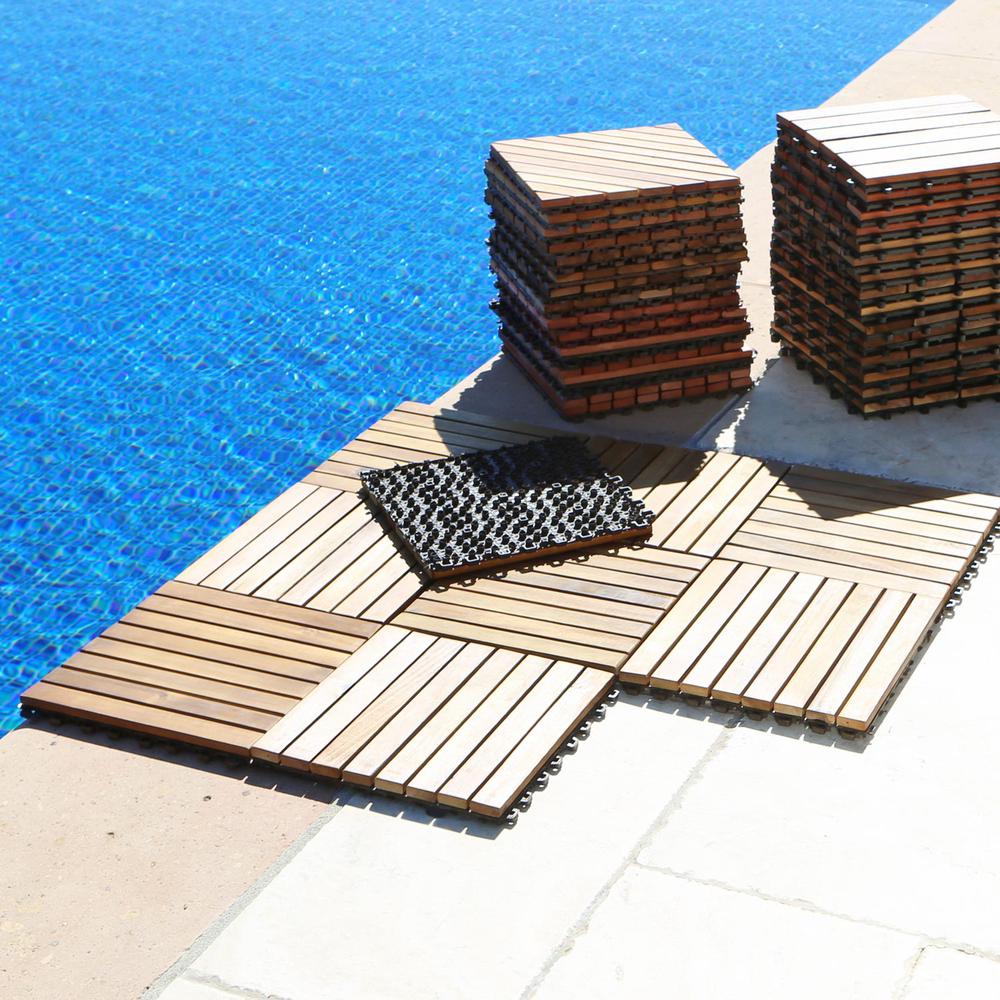

Commonly, exterior forces acting on the tile layer can be much greater than a comparable interior job. The system must be able to accommodate wind and snow loading and other building movement.Expansion joints must also be designed into the system to allow for the movement typical with large temperature variations and exposure to water. Freeze/thaw resistant mortars and non-redispersible polymers are often necessary. The setting materials and substrate must also be appropriate for the exterior conditions present.The installation and the proper slope to drain will determine the extent to which the system saturates itself and in turn its ability to remain intact over time in freeze/thaw or high temperature environments. Since most tiles are water impermeable, the only water that can get into the system goes through the grout joints or through the substrate itself. Satisfactory exterior installations must be able to drain water from the system before it gets a chance to absorb into either the tile or the layers below the tile.Additionally, some manufacturers have proprietary testing protocols and field testing they use to further assess the suitability of tile for exteriors. In addition to certain industry tests, such as freeze-thaw, crazing, and water absorption, the manufacturer also considers other properties of the clay body and how the tile was fired. The tiles must be rated by the manufacturer for exterior use.Many issues must be considered when tiling exterior environments: For details, you will need to speak with manufacturers directly as such methods tend to be highly product specific. There are no backerboard systems in the handbook for exterior decks however, under some circumstances and with appropriate waterproofing, backerboard manufacturers may authorize such an installation. Often, these proprietary systems are highly modified versions of the F103 system, allowing precipitation to drain away from the tile. Additionally, many manufacturers of setting materials also make roof deck drainage systems. The TCNA Handbook contains two details for decks, F103 (roof decks) and F104 (balcony decks). We are often asked about tiling exterior decks. How do I tile over an exterior deck or balcony? This sheet prevents the mortar bed from bonding to the substrate and allows it to "slip" if there should be movement in the substrate. These terms are synonymous and refer to the sheet used between the mortar bed and the substrate. What is a cleavage membrane or slip sheet? How do I tile over an exterior deck or balcony?.What is a cleavage membrane or slip sheet?.


 0 kommentar(er)
0 kommentar(er)
